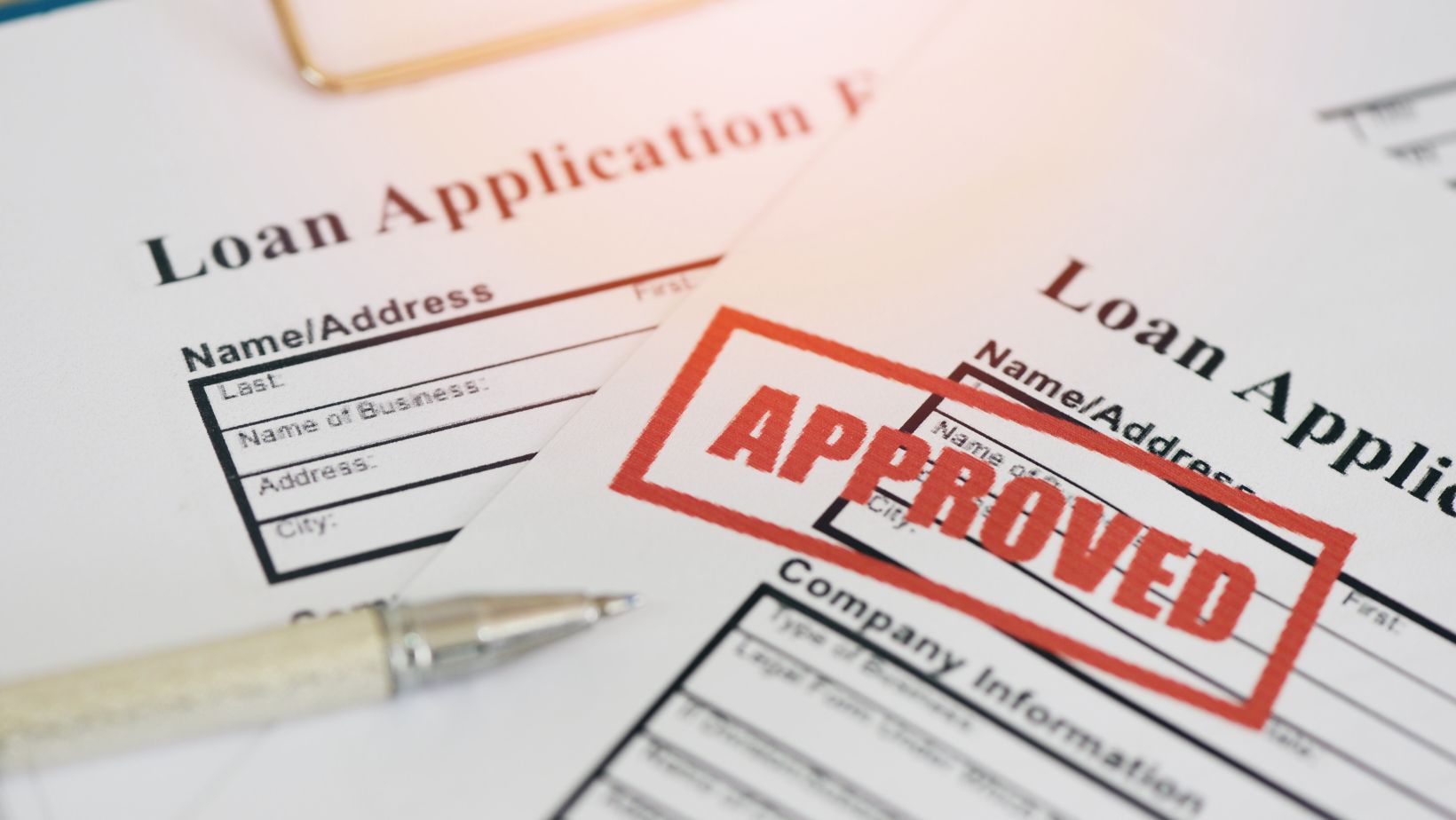
Short-term loans are financial tools designed to provide immediate liquidity in situations of temporary financial strain.
While these loans can be lifesavers in emergencies, their impact on long-term financial health is a topic of significant concern and debate. This article delves into how short-term loans affect an individual’s financial stability over time, examining both the potential benefits and the pitfalls. Understanding these dynamics is essential to ensure that short-term solutions do not undermine long-term financial prospects.
The Nature of Short-Term Loans
- Definition and Types: Short-term loans are typically characterized by their brief repayment period, usually ranging from a few weeks to a year. Common types include payday loans, cash advances, and credit card advances. These loans are often accessible even to those with poor credit scores but come with high-interest rates and fees.
- Immediate Financial Relief: The primary appeal of short-term loans is their ability to provide quick financial relief. Borrowers can access funds to cover urgent expenses, such as medical bills, car repairs, or overdue utilities, thus avoiding immediate financial disasters. The process is often streamlined, with minimal paperwork and fast approval times, which is crucial during financial emergencies.
Financial Implications of Short-Term Loans
- Interest Rates and Fees: The cost of borrowing via short-term loans can be exorbitantly high. Interest rates can exceed 300% APR in some cases, significantly increasing the total amount that must be repaid. This can quickly lead to an unsustainable debt burden for the borrower.
- Debt Cycle Risk: The ease of obtaining short-term loans can lead to a cycle of debt. Borrowers who are unable to repay their loan by the due date may opt for a rollover or a new loan, incurring additional fees and interest, which can perpetuate financial instability. This cycle can be particularly devastating for those who initially sought a short-term loan due to a lack of alternatives.
Strategic Use of Short-Term Loans
- Avoiding Greater Financial Pitfalls: In some scenarios, the strategic use of short-term loans can prevent more severe financial consequences. For example, using a loan to avoid utility disconnection or to prevent a check from bouncing can save money on fees and penalties in the long run.
- Budgeting and Financial Planning:
Emergency Fund Allocation: Allocating part of a short-term loan to establish or replenish an emergency fund can provide a buffer that prevents future borrowing.
- Debt Repayment Strategy: If used judiciously, short-term loans can be integrated into a debt repayment plan, especially to settle debts with higher interest rates. Careful planning and disciplined budgeting are essential to ensure that the use of these loans is part of a broader financial strategy rather than a repetitive cycle.
Long-Term Financial Health and Short-Term Loans
- Credit Score Impact: Regular use of short-term loans or failures to repay can negatively impact one’s credit score. A lower credit score can restrict access to more favorable financial products, thus worsening one’s financial health.
- Dependency on Credit: Reliance on short-term loans can indicate underlying financial health issues, such as insufficient income, poor budgeting, or inadequate savings. Over time, this reliance can erode financial resilience, making it difficult to handle future financial shocks without borrowing. This dependency traps individuals in a state where their financial options are perpetually limited, thus hindering their recovery and progress toward financial stability.
Alternative Solutions and Ideal Practices
- Building an Emergency Fund: Creating a robust emergency fund is a fundamental strategy to avoid the need for short-term loans. Ideally, this fund should cover at least three to six months of living expenses.
- Credit Counseling and Financial Education: Seeking help from financial advisors or credit counseling services can provide valuable insights and tools for better financial management. These services can assist in budget creation, debt management plans, and more.
Alternative Financing Options:
- Credit Unions and Community Banks: These institutions often offer lower-cost loan options.
- Payment Plans: Negotiating payment plans for large bills can avoid the need for a loan. Engaging with creditors to arrange more manageable payment schedules can be an effective way to avoid the pitfalls of high-interest short-term loans and maintain financial health.
For more information on reputable sources for quick cash alternatives and to explore the top payday loan apps, consider reading this comprehensive guide on Business Standard.
Conclusion
While short-term loans can offer necessary relief in times of financial distress, their long-term impact is often detrimental to financial health. By understanding these financial tools’ potential risks and strategic uses, individuals can make more informed decisions that support their long-term financial stability.
Effective management of finances, seeking alternative funding sources, and proactive financial education are critical steps toward achieving and maintaining financial health. This comprehensive approach ensures that individuals can navigate financial challenges without compromising their future financial security. It underscores the importance of proactive financial management and education in maintaining long-term financial health.
















